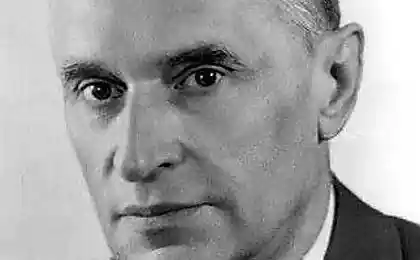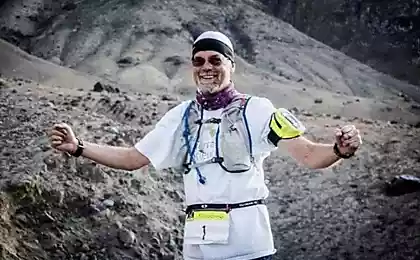166
Why 10,000 Steps a Day is an Outdated Myth and Walking is the Medicine of the Future
Walking Younger: How a Normal Walk Reboots the Body at the Cellular Level

A 2023 study in Nature Aging shocked the scientific world: people who walk 4 km daily at an average pace have longer telomeres (the end portions of chromosomes) than their stay-at-home peers. It's equivalent. Biological rejuvenation for 8-16 years. And all this - without gyms, diets and biohacking.
Telomerase in sneakers: how steps affect DNA
The mechanism discovered at NASA
Astronauts on the ISS lose 1-2% of muscle mass weekly. But it was NASA experiments that showed that walking in Earth’s gravity activates satellite genes responsible for stem cell regeneration. Results:

Walking vs. chair-living syndrome: the mathematics of survival
WHO says sedentary lifestyle is the fourth cause of death. But the Lancet data is encouraging:
The hunter-gatherer paradox
Studying the Hadza tribe in Tanzania (14 km/day), anthropologists found:

Weight loss without diets: thermodynamics of step
A University of Colorado study debunked the myth of the fat-burning zone:
Neurofeedback techniques of the new generation
Neuroscientist David Lyndon advises:
As Hippocrates said, “Walking is man’s best medicine.” In the age of smart gadgets, this statement takes on new meaning. Perhaps the secret to longevity is not in the test tubes of scientists, but under the soles of our sneakers.

A 2023 study in Nature Aging shocked the scientific world: people who walk 4 km daily at an average pace have longer telomeres (the end portions of chromosomes) than their stay-at-home peers. It's equivalent. Biological rejuvenation for 8-16 years. And all this - without gyms, diets and biohacking.
Telomerase in sneakers: how steps affect DNA
The mechanism discovered at NASA
Astronauts on the ISS lose 1-2% of muscle mass weekly. But it was NASA experiments that showed that walking in Earth’s gravity activates satellite genes responsible for stem cell regeneration. Results:
- 27% increase in telomere length in 2 years (Brigham Young University)
- Reduced IL-6 markers of inflammation by 41% (Immunity & Ageing)

Walking vs. chair-living syndrome: the mathematics of survival
WHO says sedentary lifestyle is the fourth cause of death. But the Lancet data is encouraging:
- 90 minutes. Walking a week reduces the risk of type 2 diabetes by 28%
- Every 2,000 steps/day reduces the risk of a heart attack by 10% (up to 10,000 steps)
- 5.5km/h speed boosts BDNF, a brain fertilizer that protects against dementia
The hunter-gatherer paradox
Studying the Hadza tribe in Tanzania (14 km/day), anthropologists found:
- Blood pressure 110/70 in 60+ years
- No age-related loss of muscle mass
- Cortisol levels 32% lower than office workers

Weight loss without diets: thermodynamics of step
A University of Colorado study debunked the myth of the fat-burning zone:
- Interval walking (3 min fast + 2 min slow) burns 37% more fat than uniform
- After a 45-minute walk, metabolism is accelerated for 14 hours – the effect of “afterburning”
- Walking barefoot on the grass increases calorie expenditure by 16% due to micromotion of the foot
Neurofeedback techniques of the new generation
Neuroscientist David Lyndon advises:
- Count steps in reverse order from 100 → activates the prefrontal cortex
- Breathing through the left nostril increases parasympathetic tone
- Use a metronome with a rhythm of 120 BPM → synchronizes heartbeats
As Hippocrates said, “Walking is man’s best medicine.” In the age of smart gadgets, this statement takes on new meaning. Perhaps the secret to longevity is not in the test tubes of scientists, but under the soles of our sneakers.
Secrets of Ancient Civilizations: What We Don’t Know About Them
11 Non-Obvious Thieves of Your Energy: How to Stop Your Power Leak























